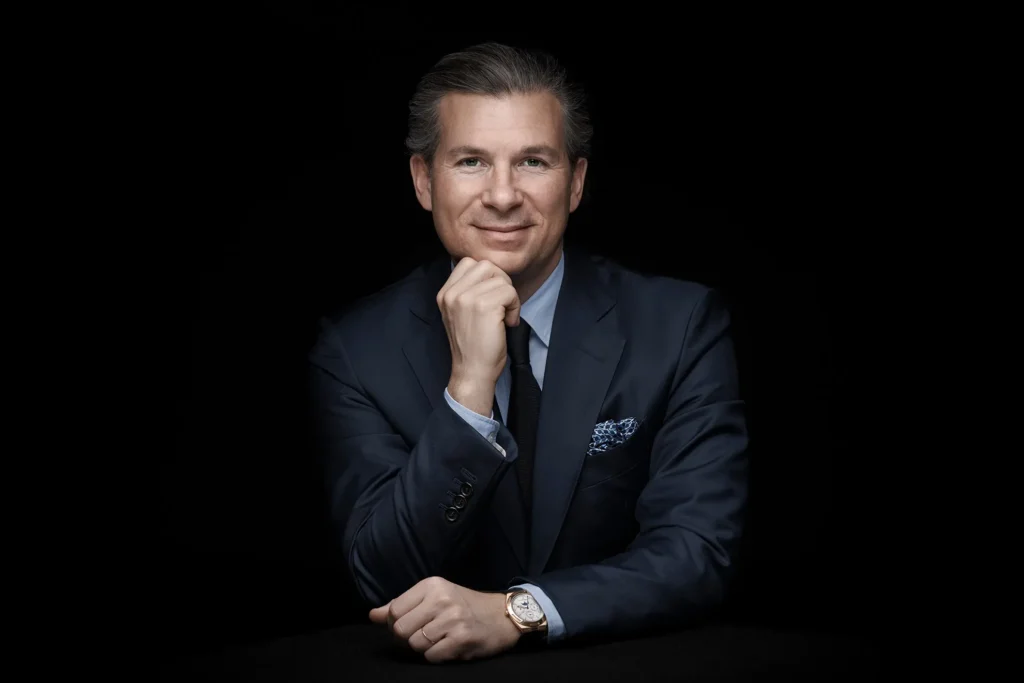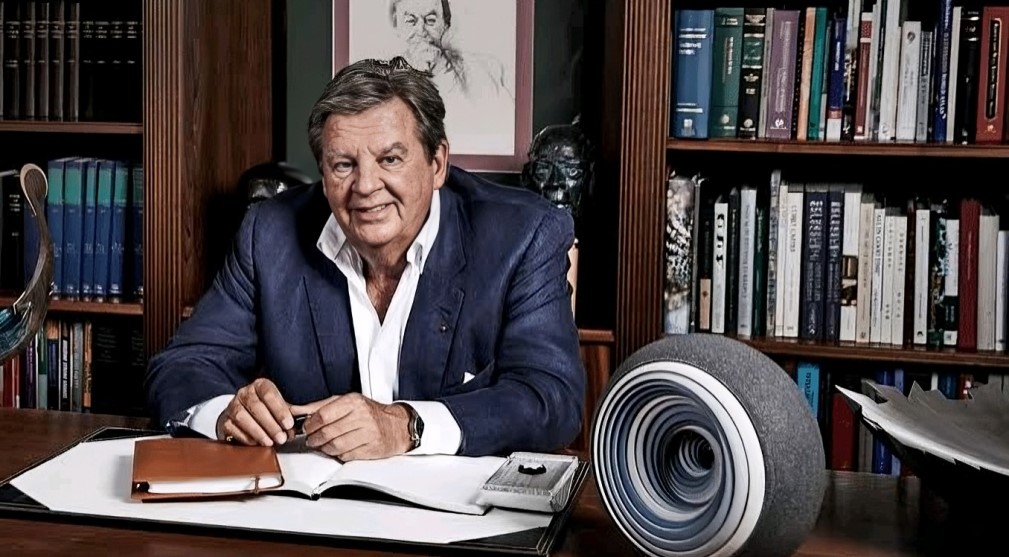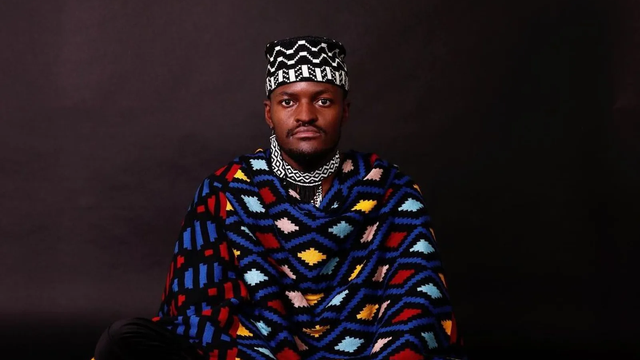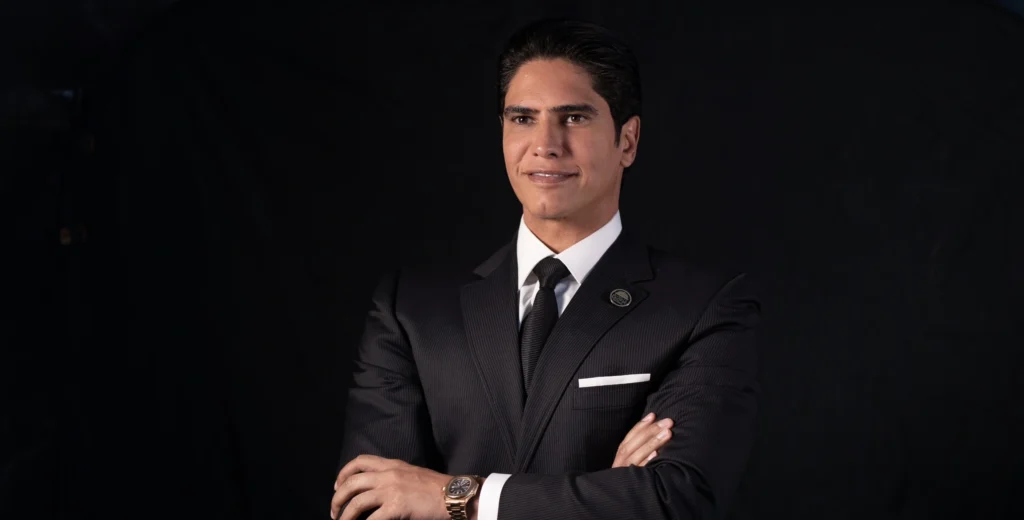At a Glance
- African artisans are redefining luxury through craftsmanship, heritage, and sustainable production.
- Investors like Oppenheimer and Rupert are driving Africa’s shift from supplier to creator.
- Digital platforms empower African brands to reach global buyers and build cultural prestige.
Africa’s place in the world of luxury is changing, quietly but firmly. For years, the continent was seen mainly as a source of raw materials, gold, diamonds, leather, and cocoa.
Now, it’s turning those resources into finished pieces that carry both craftsmanship and story. From the vineyards of Stellenbosch to fashion studios in Lagos, the label “Made in Africa” is beginning to stand for quality, creativity, and cultural pride.

Two of South Africa’s richest men, Nicky Oppenheimer, whose fortune exceeds $13 billion, and South Africa’s richest man, Johan Rupert, worth more than $18 billion, sit at the center of this quiet transformation.
Their investments in wine and watchmaking show how African heritage and modern ambition can blend into something remarkable.
Nicky Oppenheimer’s turn to the vine
After decades leading De Beers, Oppenheimer shifted his attention from diamonds to wine. His Klein Constantia Estate, set against the hills of the Cape Winelands, produces some of South Africa’s most celebrated bottles.

Its flagship, Vin de Constance, carries a story that stretches back centuries. Once enjoyed by Napoleon and European royalty, the sweet wine disappeared for a time, only to return as a symbol of South African excellence.

Today, the estate mixes sustainable methods with new technology, keeping old traditions alive while adapting to modern tastes.
Johan Rupert and the timekeepers
Johan Rupert, chairman of Richemont, the group behind Cartier, Montblanc, and IWC, has shaped the luxury watch world for decades. Under his leadership, Richemont became one of the biggest names in global luxury. Yet Rupert’s influence extends far beyond Switzerland’s ateliers.

Through projects such as the Cape Winelands Capital network, he’s encouraged South African artisans to create and export fine goods, showing that Africa’s craftsmanship can match anything from Paris or Milan. His approach is quiet, but his message is clear: Africa doesn’t just supply luxury, it can define it.
Designers taking the global stage
A younger generation is pushing that vision further. In South Africa, Laduma Ngxokolo’s MaXhosa Africa reimagines traditional Xhosa designs in bold knitwear seen on runways from Johannesburg to New York. In Nigeria, Amaka Osakwe’s Maki Oh mixes hand-dyed textiles with sharp silhouettes, attracting admirers like Michelle Obama and Lupita Nyong’o.

Even outside fashion, the idea of refinement is spreading. Egyptian businessman Ahmed Abou Hashima, through Steel Group, has shown that precision and pride can elevate even heavy industry. His company’s exports of high-grade steel are proof that manufacturing excellence is not limited to Europe or Asia.

What’s powering the shift
Several forces are driving this new chapter: a focus on sustainability, a return to cultural roots, and the reach of digital platforms. Social media and online sales now let African brands speak directly to global buyers, bypassing old middlemen.
There are still obstacles, limited access to credit, the spread of counterfeit goods, and weak trade links among African countries. But more investors and governments are beginning to see luxury manufacturing as a serious growth engine, not a niche pursuit.
A new kind of prestige
Oppenheimer and Rupert may have opened the door, but it’s the new wave of designers and makers who are giving African luxury its rhythm. They’re not chasing imitation. They’re building identity.
Africa’s luxury story is no longer whispered in export figures — it’s spoken through wines, watches, and clothes that carry its spirit. The quiet boom has found its voice, and it speaks with confidence.





